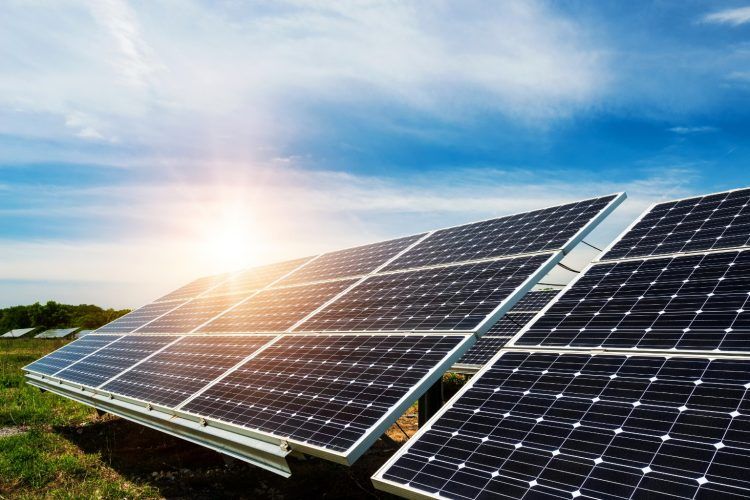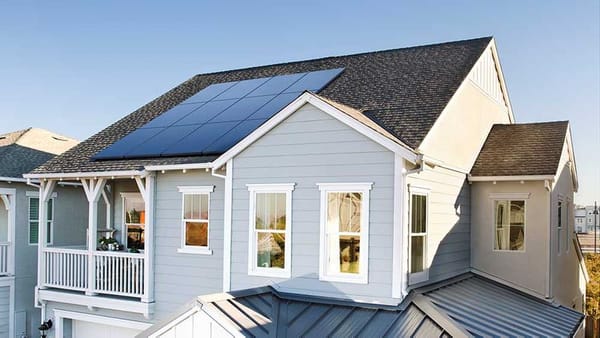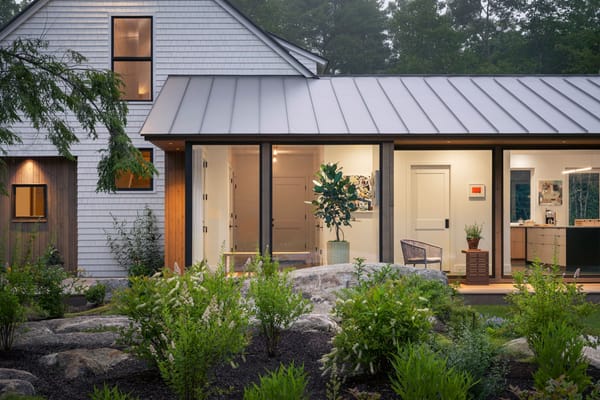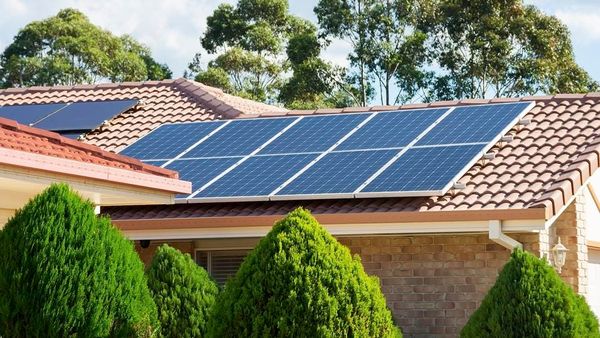Since 2005, the number of US homes with installed solar panels has been growing at an impressive rate of 32% per year. By the end of 2020, about 2.7 million residential solar systems stretched across the nation, soaking up the sun's energy. What's driving this surge?
The answer lies in our growing desire for sustainable energy options, and among these, solar energy stands as a beacon of potential. From absorbing the sun's direct light to converting its energy into electricity, solar power is a game changer in our quest for sustainability. It's a key player in the realm of eco-friendly power sources, and this article aims to explore the distinction between passive and active solar energy.
If you've ever wondered about the different ways to harness the sun's power, you're in the right place. Whether you're building a new home, retrofitting an existing one, or just curious about sustainable energy, this exploration of passive vs active solar energy will offer you valuable insights.
Understanding Solar Energy
We've all felt the warmth of the sun on our faces. That heat is more than just a reason to reach for sunscreen. It's a source of power that can light up our homes and warm our showers.
This is the fundamental principle behind solar energy, one of the leading eco-friendly power sources of our time.
Solar energy works by capturing sunlight and converting it into a form we can use. Sunlight is abundant and renewable which makes it a perfect candidate for an energy source. Harnessing the sun's energy is not only eco-friendly but also cost-effective.
Over time, solar power can significantly reduce energy bills and minimize our dependence on fossil fuels.
Harnessing the sun's power may seem complex, but there are two primary ways to do it:
- Passive solar energy
- Active solar energy
These two methods vary in their approach. But both contribute significantly to creating a sustainable energy landscape.
Passive Solar Energy
So, what is passive solar energy? In essence, passive solar design is a simple way to leverage the sun's energy without the need for complicated mechanical devices. Instead, it relies on strategic architectural design and materials to absorb, store, and distribute the sun's heat.
The key to passive solar energy is in how buildings are designed. This includes:
- The placement and size of windows
- The choice of materials used in the construction
- The orientation of the building
For instance, a house designed for passive solar energy will have large windows facing the sun to absorb as much sunlight as possible. Similarly, the house will use materials that can store the absorbed heat and release it slowly. This provides warmth when the sun isn't shining.
Implementing passive solar energy can reduce the need for additional heating and cooling, making homes more energy-efficient. It's an excellent solution for those looking to create a sustainable smart home while keeping construction simple and costs low.
Despite its simplicity, the impact of passive solar design on energy savings can be substantial. It provides a clear path toward a more sustainable future.
Active Solar Energy
Venturing beyond the realm of passive solar design, we arrive at active solar energy. Where passive solar energy uses architectural techniques to optimize natural sunlight, active solar energy makes use of advanced mechanical devices. These include solar panels and solar water heaters, which serve as integral parts of a solar energy smart home.
Active solar systems work by capturing sunlight, then converting it into usable energy. For instance, solar panels capture sunlight and transform it into electricity. Solar water heaters use sunlight to heat water for use in the home.
The energy produced is stored for use when needed, such as during the night or on cloudy days.
This approach to harnessing solar power provides a more direct, flexible energy solution. It can power a wide range of home needs including:
- Lights
- Appliances
- Heating and cooling systems
However, these systems require more components, need regular maintenance, and involve more upfront costs.
Passive vs Active Solar Energy
Navigating the world of solar energy brings us to a significant crossroads: choosing between passive and active solar energy for our homes. Each comes with its unique strengths and potential hurdles. The best choice often depends on factors like:
- Location
- Budget
- Personal preference
Passive solar energy systems are simple. They lean on the sun's heat and the design of the house to maintain a comfortable indoor temperature. They are less expensive and easier to implement.
Plus, they help cut down on energy costs by reducing the need for traditional heating and cooling.
On the other hand, active solar systems offer a larger energy output and can meet a wider range of energy needs. These systems supply electricity for all your household needs, giving you more independence from the power grid. However, they come with more complex installations, higher initial costs, and the need for ongoing maintenance.
Integrating Solar Energy into a Sustainable Smart Home
When you blend solar energy into a home, it transforms into a powerhouse of sustainability. This eco-friendly power source can lead to significant savings on your electricity bill and a smaller carbon footprint.
In a passive solar home, design elements like strategic window placement and heat-absorbing materials work together to manage indoor temperatures. An active solar home, fitted with solar panels or solar water heaters, can create electricity for lights, appliances, and even heating and cooling systems.
Both of these energy options can create a sustainable smart home that's as good for the environment as it is for your wallet. As we move forward into a greener future, using solar energy becomes an increasingly important step.
Be it passive or active solar energy, or even a blend of both, we're all contributing to a more sustainable world. So, continue reading here to explore further exciting advancements in solar energy technology.
Embrace the Solar Revolution
The choice between passive vs active solar energy ultimately boils down to individual needs and circumstances. Both have their strengths and can play significant roles in creating a sustainable smart home. As we continue to strive towards a world driven by sustainable energy, understanding and harnessing these forms of solar power become imperative.
To learn more about solar energy and its wide-ranging implications, explore more of our enlightening articles on our blog.






